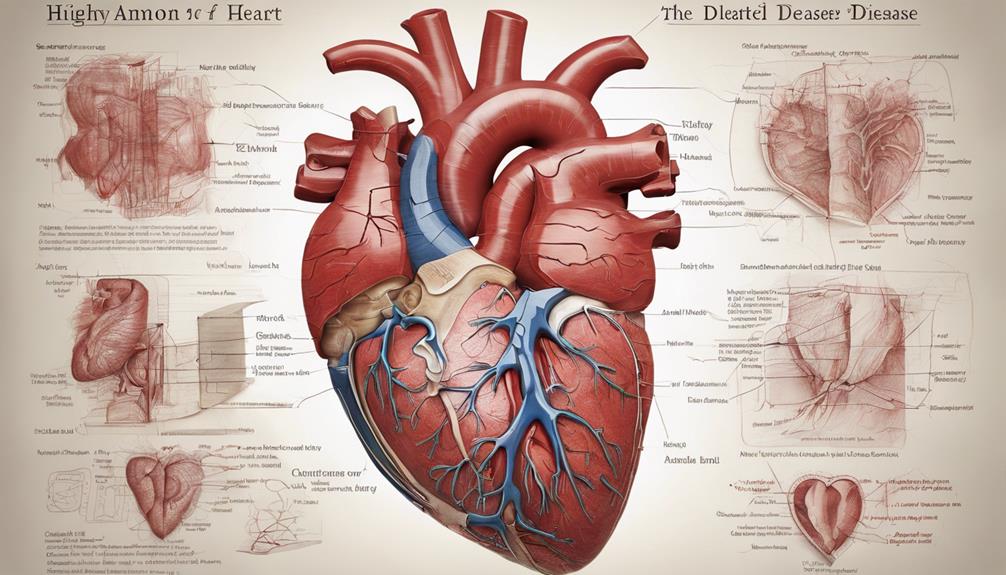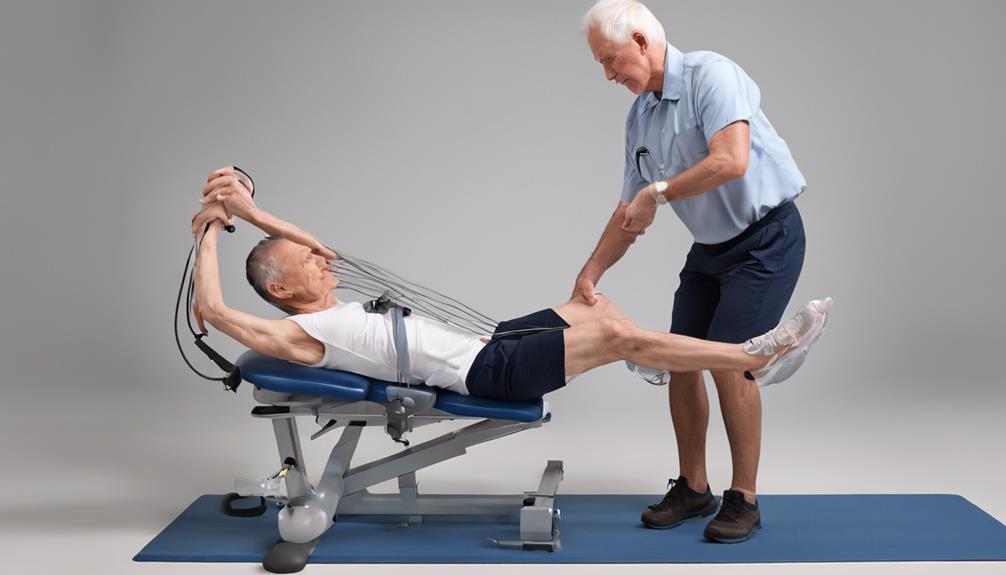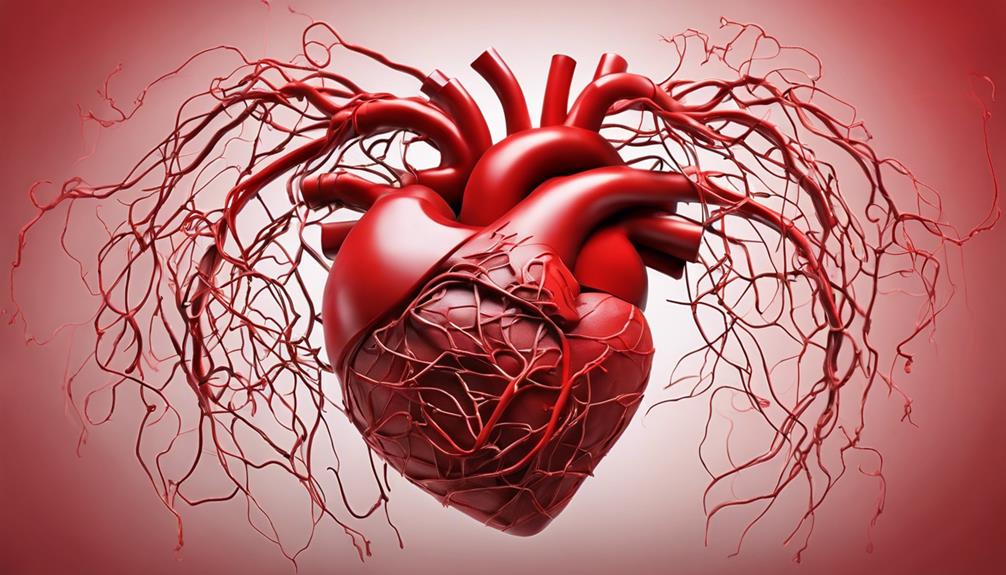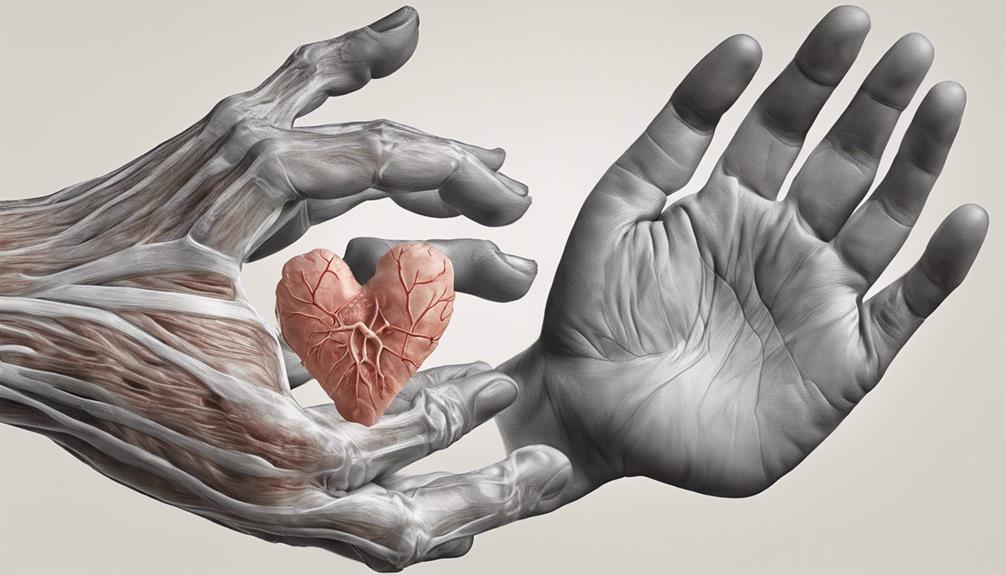Picture a situation where an individual is mentioning difficulties with breathing, feeling tired, and noticing swelling in their legs. These signs may suggest a possible problem with the heart’s performance, necessitating additional assessment and potentially treatment.
Understanding the complexities of structural heart disease is crucial for both patients and healthcare professionals. By exploring the different types, causes, and treatment options available, we can gain insight into how to manage and potentially improve outcomes for those affected by this condition.
Key Takeaways
- Structural heart disease impacts blood flow and heart structure.
- Diagnosis involves echocardiograms, MRIs, and cardiac catheterization.
- Causes include congenital factors, genetic mutations, and lifestyle influences.
- Treatment options include minimally invasive procedures and innovative clinical trials.
Overview
In our examination of the topic of heart disease, we'll delve into an in-depth overview to elucidate the complexities of this prevalent health condition.
Structural heart disease pertains to abnormalities affecting the heart's valves, walls, or chambers. These conditions can be either congenital, present at birth, or acquired over time, with common types including aortic valve stenosis and atrial septal defects. The structural heart program plays a crucial role in diagnosing and managing these defects, which can significantly impact blood flow and overall heart function.
Symptoms of structural heart disease vary but may encompass chest pain, shortness of breath, fatigue, palpitations, dizziness, and edema. Efficient diagnosis often involves advanced imaging tests such as echocardiograms to assess both heart function and structural abnormalities accurately. It's noteworthy that more than 10% of adults over 75 years old exhibit some form of structural heart disease, highlighting the importance of early detection and intervention in this population.
Types of Structural Heart Disease
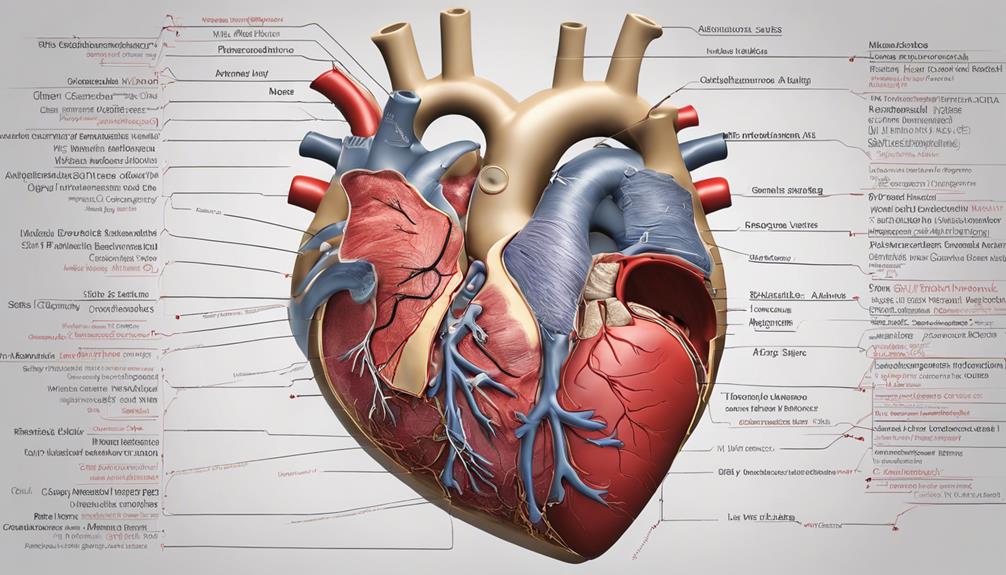
Structural Heart Disease encompasses a spectrum of cardiac conditions, including congenital heart defects such as heart valve disease, septal defects like atrial septal defect (ASD) and ventricular septal defect (VSD), coarctation of the aorta, and hypertrophic obstructive cardiomyopathy. Heart valve disease involves the aortic valve, mitral valve, tricuspid valve, or pulmonary valve, affecting blood flow within the heart. Septal defects refer to abnormalities in the walls separating the heart chambers.
Diagnosis of these structural heart defects often requires imaging tests like echocardiograms to visualize the heart's structures and functions. Treatment options vary depending on the severity of the condition, ranging from monitoring and medications to interventions such as minimally invasive techniques or open-heart surgery. These interventions aim to correct structural abnormalities, improve heart function, and alleviate symptoms. By tailoring treatment to individual needs, healthcare providers can effectively manage structural heart diseases and enhance patients' quality of life.
Causes and Risk Factors
Congenital factors, genetic mutations, and maternal infections during pregnancy are significant contributors to the development of structural heart defects. Acquired causes also play a role in the pathogenesis of these conditions. Genetic factors can predispose individuals to congenital heart defects, affecting the heart's structure from birth.
Valve stenosis, a form of structural heart disease, can result from both congenital abnormalities and acquired conditions like rheumatic fever. Acquired causes such as coronary artery disease can lead to structural changes in the heart, impacting its function.
Lifestyle factors like smoking, poor diet, and lack of exercise contribute to acquired structural heart defects by promoting conditions like atherosclerosis. As individuals age, the risk of developing structural heart disease increases, with age-related changes affecting the heart's valves, walls, or chambers.
Understanding these causes and risk factors is crucial for preventing and managing structural heart disease effectively.
Diagnosis and Testing
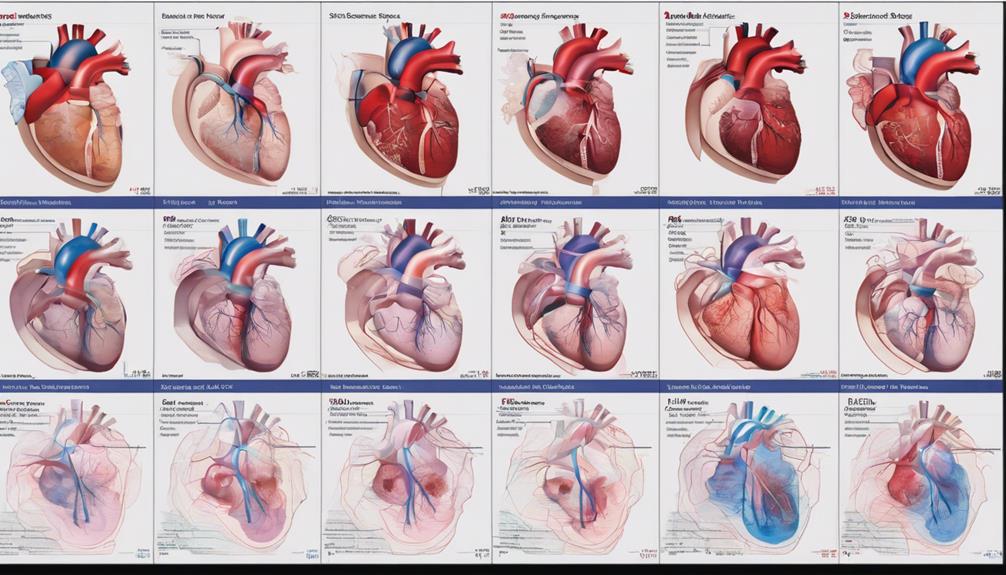
Utilizing diagnostic tests such as echocardiograms, MRIs, and cardiac catheterizations is essential in assessing heart function and abnormalities associated with structural heart disease.
Echocardiograms use sound waves to create detailed images of the heart's structures, aiding in the identification of valve defects and septal abnormalities.
Cardiac catheterization involves the insertion of a thin tube into blood vessels to measure various parameters like pressure, oxygen levels, and to capture images of the heart in real-time.
MRI scans provide high-resolution images that help in diagnosing complex structural heart defects. Early and accurate diagnosis through these tests is crucial for determining appropriate treatment options for individuals with structural heart disease.
Treatment Options
To explore advanced treatment options for individuals diagnosed with heart disease, minimally invasive procedures such as transcatheter valve replacements are becoming increasingly favored due to their shorter procedure times and faster recovery rates compared to traditional open heart surgery.
These minimally invasive techniques offer significant advantages for structural heart disease, including decreased scarring, less pain, and shorter hospital stays. Treatment options may involve procedures like Transcatheter Aortic Valve Replacement (TAVR) for aortic valve conditions or alcohol septal ablation for hypertrophic cardiomyopathy.
Specific interventions such as Mitral Clip implantation or Transcatheter Mitral Valve Replacement provide effective minimally invasive solutions for mitral valve defects. Furthermore, innovative approaches like clinical trials focusing on transcatheter tricuspid valve repair aim to enhance treatment options for structural heart disease and improve patient outcomes.
Embracing these cutting-edge procedures showcases the commitment to providing optimal care for individuals affected by various forms of heart disease.
Frequently Asked Questions
How Is Structural Heart Disease Diagnosed?
We diagnose structural heart disease by employing various tests like echocardiograms, MRIs, and cardiac catheterizations to assess heart function and structural abnormalities.
Blood tests, urinalysis, chest x-rays, EKGs, and echocardiograms are commonly used to pinpoint structural heart defects.
Early diagnosis is crucial for successful treatment outcomes. Patients with symptoms like chest pain, irregular heartbeats, and shortness of breath may undergo diagnostic tests to detect structural abnormalities.
What Is the Most Common Structural Heart Defect?
We might say the most common structural heart defect is aortic valve stenosis, where the aortic valve opening narrows, hampering blood flow. This condition often requires medical intervention to manage symptoms and improve quality of life.
It's crucial to monitor and treat this issue promptly to prevent complications and enhance overall heart health. Regular evaluations by healthcare professionals can help individuals with this condition lead fulfilling lives.
What Is a Structural Heart Procedure?
Structural heart procedures are interventions to correct heart abnormalities. They encompass repairs, replacements, and closures aimed at enhancing heart function and quality of life.
By utilizing minimally invasive techniques, such as catheter-based approaches, these procedures reduce the need for traditional open-heart surgery. Technological advancements have improved their efficacy and safety, resulting in quicker recovery times and fewer risks.
Our team is dedicated to providing the best care for individuals undergoing these interventions.
Does EKG Show Structural Heart Disease?
Sure, an EKG is a valuable tool for assessing heart rhythm and detecting signs of heart damage, like heart attacks. However, it doesn't directly show structural heart defects.
To evaluate structural heart diseases, such as abnormalities in the heart's valves or chambers, imaging tests like echocardiograms or MRIs are more appropriate.
A combination of tests, including imaging studies and physical exams, is often necessary for an accurate diagnosis.
Conclusion
In conclusion, managing structural heart disease is like navigating a complex maze. With advancements in treatment options and regular monitoring, individuals can chart a course towards a healthier heart.
It's crucial to stay on top of check-ups and treatment plans to steer clear of potential complications. Remember, just like a skilled navigator, with determination and guidance from healthcare professionals, individuals can successfully navigate the twists and turns of structural heart disease.
